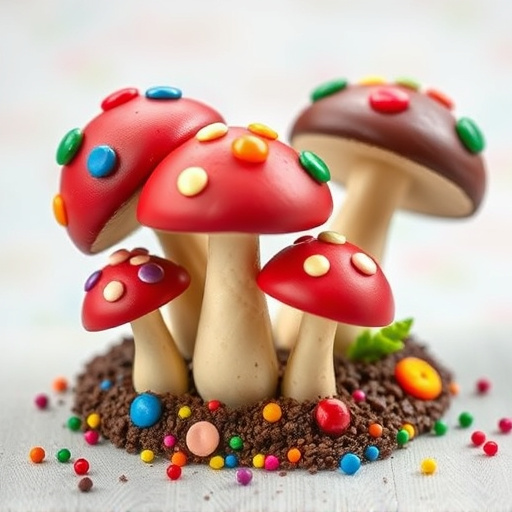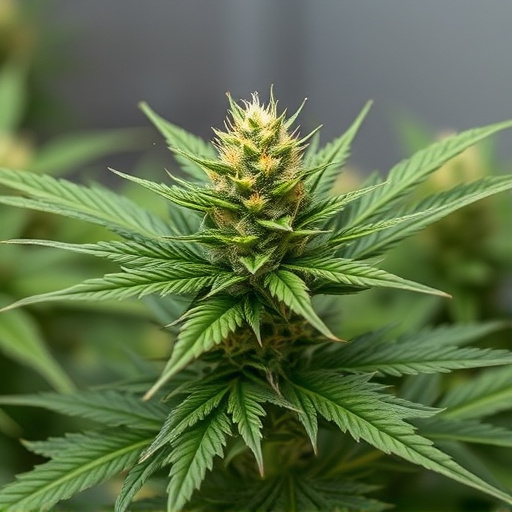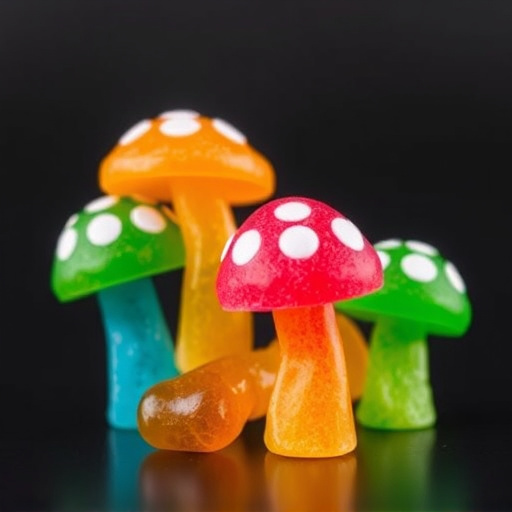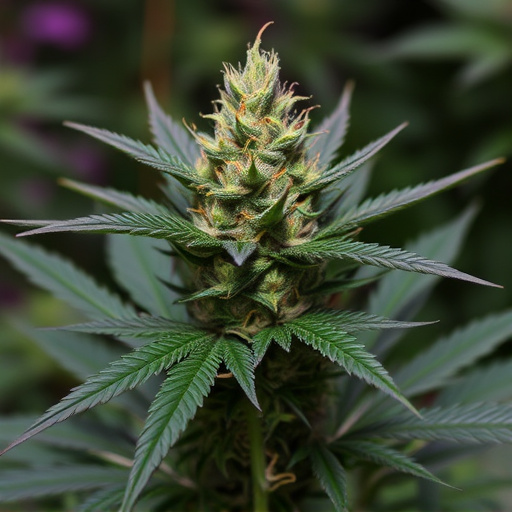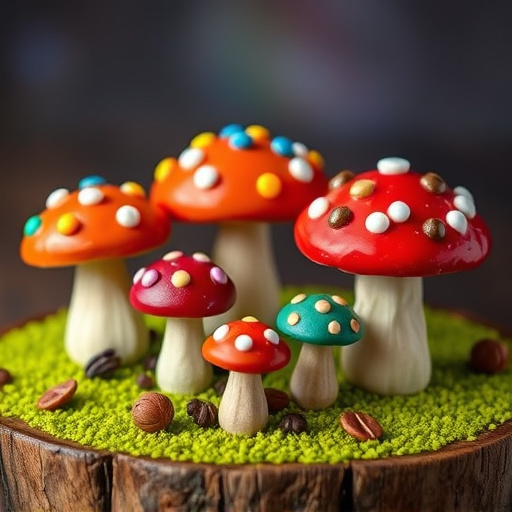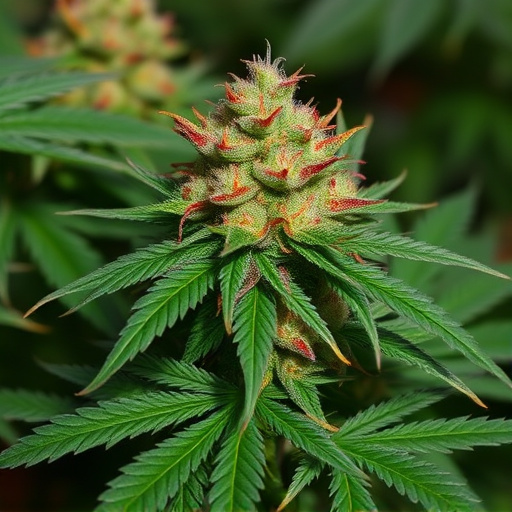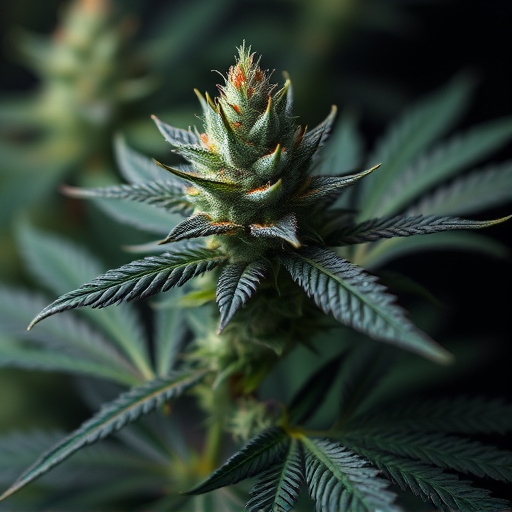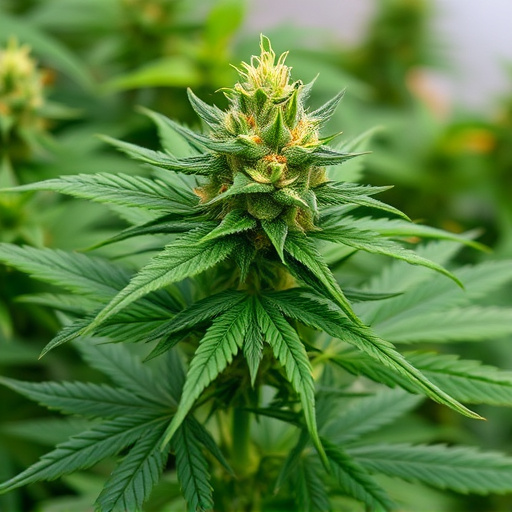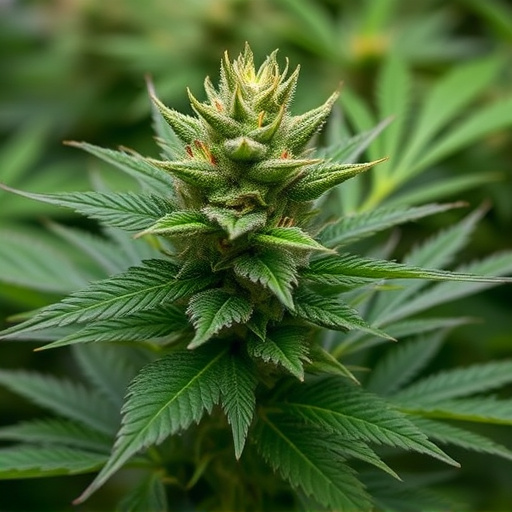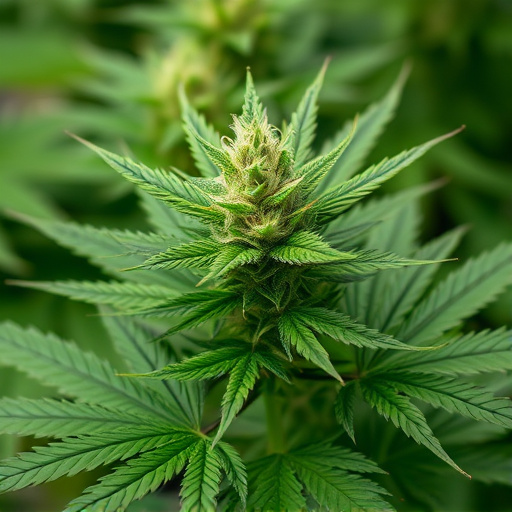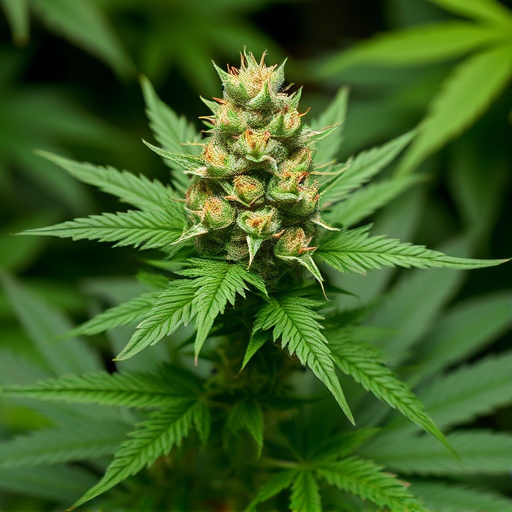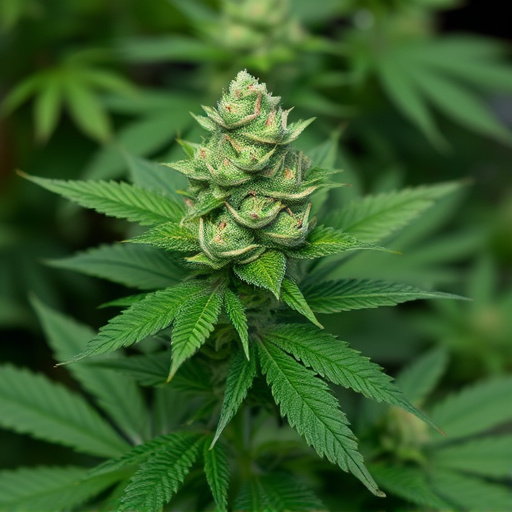Optimizing cannabis consumption for PTSD involves understanding temperature's impact on key compounds like THC and CBD. Vaporization at lower temperatures (180-210°C) preserves these compounds, offering efficient absorption through the lungs. For CBD, elevated temperatures in edibles facilitate metabolism, enhancing its anti-anxiety and anti-inflammatory effects. This targeted approach leverages cannabis strains' therapeutic benefits, providing effective symptom management for PTSD patients. Cannabis strains tailored to PTSD offer promising options with distinct yet complementary effects on mood regulation, anxiety reduction, and flashback prevention.
“Unraveling the relationship between temperature and cannabis compounds, specifically THC and CBD, offers valuable insights into optimizing their therapeutic potential, especially in treating PTSD symptoms. This article delves into the science behind these effects, exploring how varying temperatures influence absorption and efficacy.
We’ll discuss the significance of understanding the ideal consumption methods for cannabis strains targeting PTSD, ensuring maximum benefit with minimal risks. By the end, readers will grasp the key to enhancing their cannabis experience.”
- Understanding the Impact of Temperature on Cannabis Compounds
- The Role of THC and CBD in Treating PTSD Symptoms
- Optimizing Consumption Methods for Maximum Efficacy
Understanding the Impact of Temperature on Cannabis Compounds
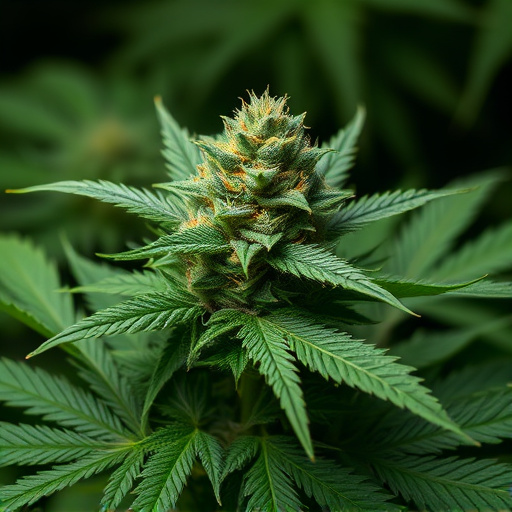
Understanding the impact of temperature on cannabis compounds is essential, especially for individuals seeking relief from conditions like PTSD through cannabis strains known for their therapeutic properties. Cannabis contains various chemical compounds, including THC (tetrahydrocannabinol) and CBD (cannabidiol), both of which have unique effects on the body and mind. These compounds exist in different forms—or isotopes—that can alter their behavior based on environmental factors, such as temperature.
When cannabis is heated during vaporization or ingestion, these compounds undergo transformation, influencing their absorption and efficacy. For instance, THC’s boiling point is relatively low, making it suitable for vaporization, where it’s heated to a specific temperature, allowing for efficient absorption into the bloodstream through the lungs. CBD, on the other hand, has a higher boiling point, which means it may be more effectively absorbed when consumed in edible forms, as the body breaks down and metabolizes it at elevated temperatures. This knowledge is valuable for individuals looking to maximize the benefits of cannabis strains for PTSD, tailoring their consumption methods to ensure optimal absorption and desired effects.
The Role of THC and CBD in Treating PTSD Symptoms
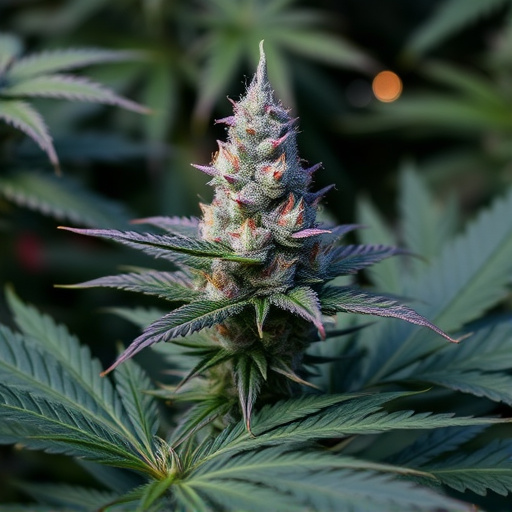
THC (tetrahydrocannabinol) and CBD (cannabidiol) are two prominent compounds found in cannabis, each with unique therapeutic properties. In the context of treating Post-Traumatic Stress Disorder (PTSD), they play a significant role in helping individuals manage symptoms and find relief.
Cannabis strains high in THC have been shown to induce feelings of relaxation and euphoria, which can be beneficial for PTSD sufferers experiencing anxiety and insomnia. THC’s ability to interact with the endocannabinoid system may help regulate mood and reduce flashbacks or nightmares associated with trauma. On the other hand, CBD is gaining recognition for its potential in treating PTSD without the psychoactive effects of THC. Research suggests that CBD can act as a potent anti-anxiety agent, helping individuals cope with traumatic memories and triggering events. Additionally, CBD’s anti-inflammatory properties might contribute to its effectiveness in managing symptoms like irritability and aggression often associated with PTSD.
Optimizing Consumption Methods for Maximum Efficacy
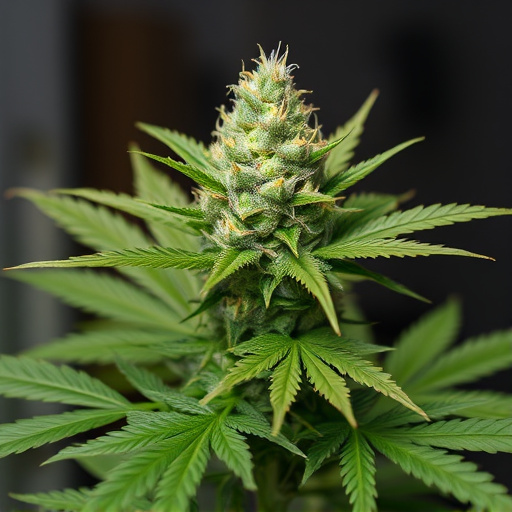
When it comes to maximizing the efficacy of cannabis strains for PTSD, understanding temperature plays a crucial role in how your body absorbs key compounds like THC and CBD. Different consumption methods offer varying experiences, influenced by heat exposure. For example, vaporizers allow you to control the temperature precisely, ensuring you inhale only the desired compounds without unnecessary byproducts. This method delivers THC and CBD more efficiently than smoking, as it avoids the additional heat and tar associated with combustion.
Optimizing your consumption routine can enhance the overall therapeutic effect. For cannabis strains for PTSD, aiming for a lower temperature range (around 180-210°C or 356-410°F) during vaporization may be more beneficial. This temperature sweet spot allows for the extraction of volatile terpenes, known to enhance the mood and stress-relieving effects, while minimizing the breakdown of THC and CBD. By choosing the right consumption method and temperature, you can unlock the full potential of these compounds, providing a more effective and personalized approach to managing PTSD symptoms.
Temperature plays a pivotal role in the absorption of cannabis compounds, particularly THC and CBD, which are key components in treating PTSD symptoms. By understanding how temperature impacts these substances, consumers can optimize their consumption methods for maximum efficacy. Whether through vaporization, edibles, or other delivery systems, knowing the ideal temperature ranges ensures that the therapeutic benefits of cannabis strains for PTSD are fully realized. This tailored approach enhances both the effectiveness and overall wellness experience.

